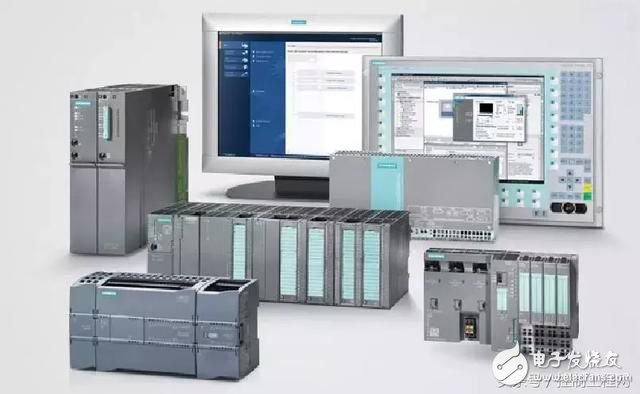When controlling system migration, the project team should consider more signal details that may affect the project's schedule and cost. At a high level, especially in the early stages of project definition, it is useful and appropriate to analyze control system migration based on the general type of input/output (I/O), including analog input (AI). , digital input (DI), analog output (AO), digital output (DO), and soft tags. After the early stages of defining the scope, and before finalizing the budget and detailed design, the project team should consider the signal details that may affect the project's cost and schedule. There are many signal details to consider during the migration project. This is especially important if the project is based on the premise of retaining existing field instruments. Control systems may require a mix of single-ended and isolated DO modules to be compatible with existing field signals, including simple solenoid valves and start/stop signals, which are directly connected by cable, and Powered by existing electronically controlled loop transformers. Control systems can also require a mix of single-ended, differential, HART-enabled and isolated AI modules to accommodate existing loop-powered transmitters, self-powered transmitters, HART transmitters, and known grounding Loop problem. The new control system may require several different DI and DO module types to be compatible with existing 24 V dc and 120 V ac discrete signals unless the project designs and installs a relay relay. The changes in the I/O modules mentioned above will result in significant changes in I/O density (number of channels per module), which will further affect the space required for the physical enclosure for a fixed number of I/Os. And the infrastructure of the I/O rack. Signal isolators or regulators may be required to make existing field signals compatible with the I/O modules available on the new system, or to avoid purchasing different types of I/O modules for a small number of unique field signals. . The input impedance of DI in the new control system may be higher than in existing systems, which makes these DIs more vulnerable to the induced voltage generated on long-distance cables than the DI in existing control systems. Unlike dry contacts, existing solid-state, discrete-output field device signals typically require a minimum current to allow them to be fully conductive and connected, so if the input impedance of the DI module in the new control system is too high, a Buck resistor. In addition to field instruments, when there is a hard-wired DO from a control system such as a small-scale unit programmable logic controller (PLC) to an integrated monitoring system such as a factory distributed control system (DCS), Encountered solid state output signal. As part of the migration project, the factory may also install discrete field instruments with Namur sensors, which may not be compatible with all DI modules in the new control system. Moreover, if a new Namur sensor is introduced into an existing plant, the maintenance personnel should be trained in the operation of the Namur signal, unlike the simple dry contact position switch, which requires the excitation voltage to operate. The Namur sensor may also have the opposite contact action as the existing simple dry contact position switch and requires reverse control system logic. As part of the migration project, the plant may want to change the motor control loop (MCC) from two-wire control (single maintenance signal) to three-wire control (an additional DO is required at any time) for added safety or for other and slave power supplies. Recover related process reasons in the interruption. If the MCC in an older factory can use a 480 Vac signal (using two supply phases) for the motor start, stop, and run acknowledgment signals, it is almost certain that the intermediate relay needs to be used in the new system unless the existing one is replaced. Motor starter. Existing AOs used to drive a pair of split-range control valves may need to be implemented as two separate AOs in the new system to ensure adequate voltage drop or provide an intuitive operator interface on the Human Machine Interface (HMI) screen. The factory may use an old thermocouple temperature transmitter. Its 4-20 mA output is not linear with temperature changes. It can still work in existing, traditional control systems, but in new control systems. It is not compatible. The plant may have field transmitters that use legacy raw fieldbus technology that has never been widely used and are therefore not supported on new control systems, but are available to operators on existing legacy control systems. Key process data. Although the DO modules of many newer control systems already have this inherent capability, some 24 Vdc DO modules also need to be equipped with reverse-biased diodes at their outputs to prevent the release of energy from the collapsed magnetic field on the inductive load. Excessive voltage, which in turn damages electronic components. The excitation voltage of the AI ​​in the new control system may be significantly different from that of the existing control system, which may cause the maintenance personnel's troubleshooting work to go astray. Ev Charging Cable,Electric Car Charging Cable,Type 2 Charging Cable,32A Ev Charging Cable Yangzhou JERI New Energy Co., Ltd. , https://www.jrevcharging.com
For control system migration, there are a variety of technical details that need to be analyzed and resolved during the installation and startup preparation process. In addition to software configuration and development, there are a number of signal details to consider when connecting software to a process. 